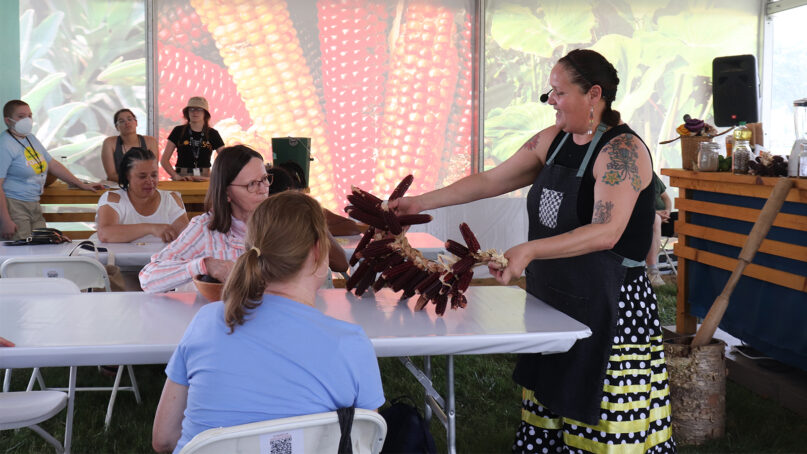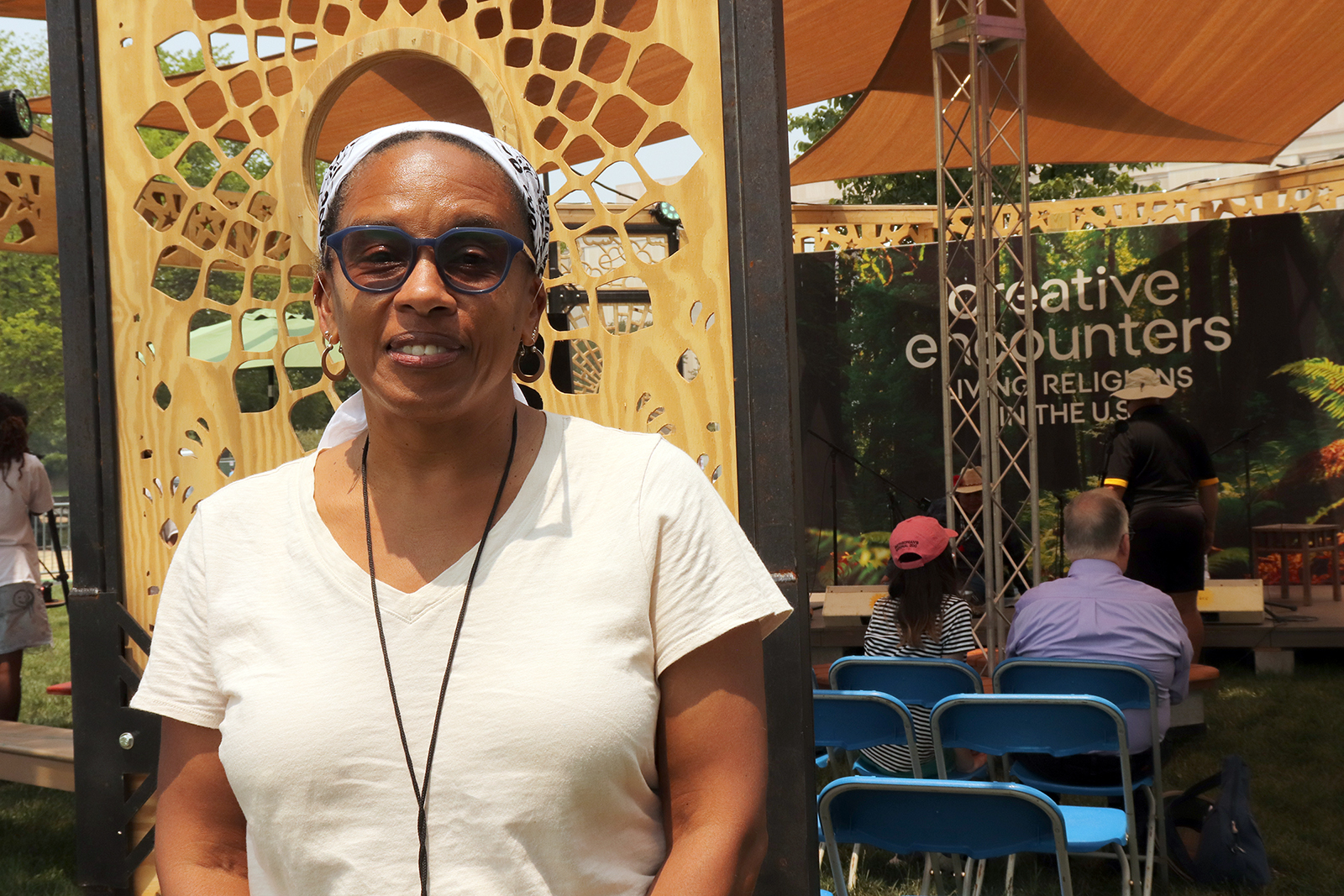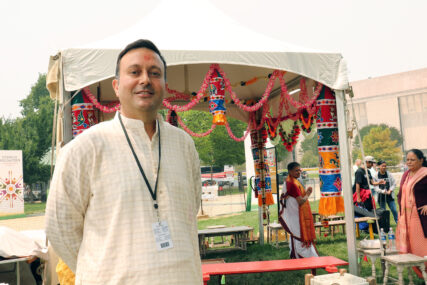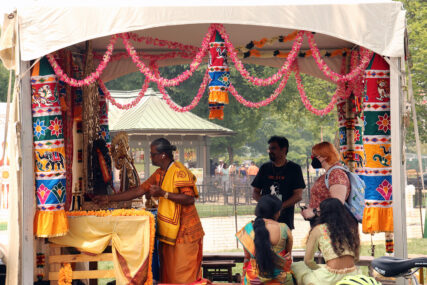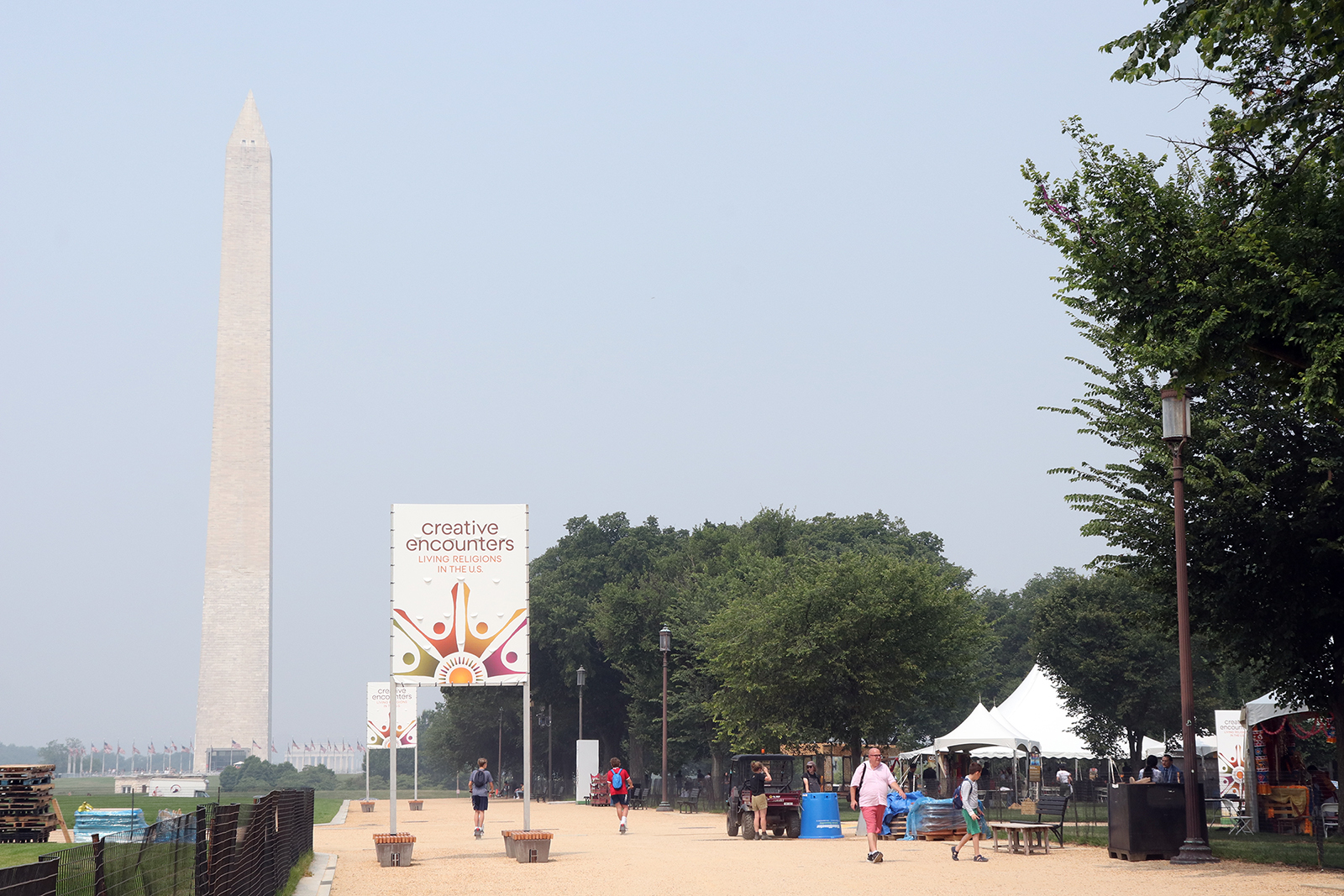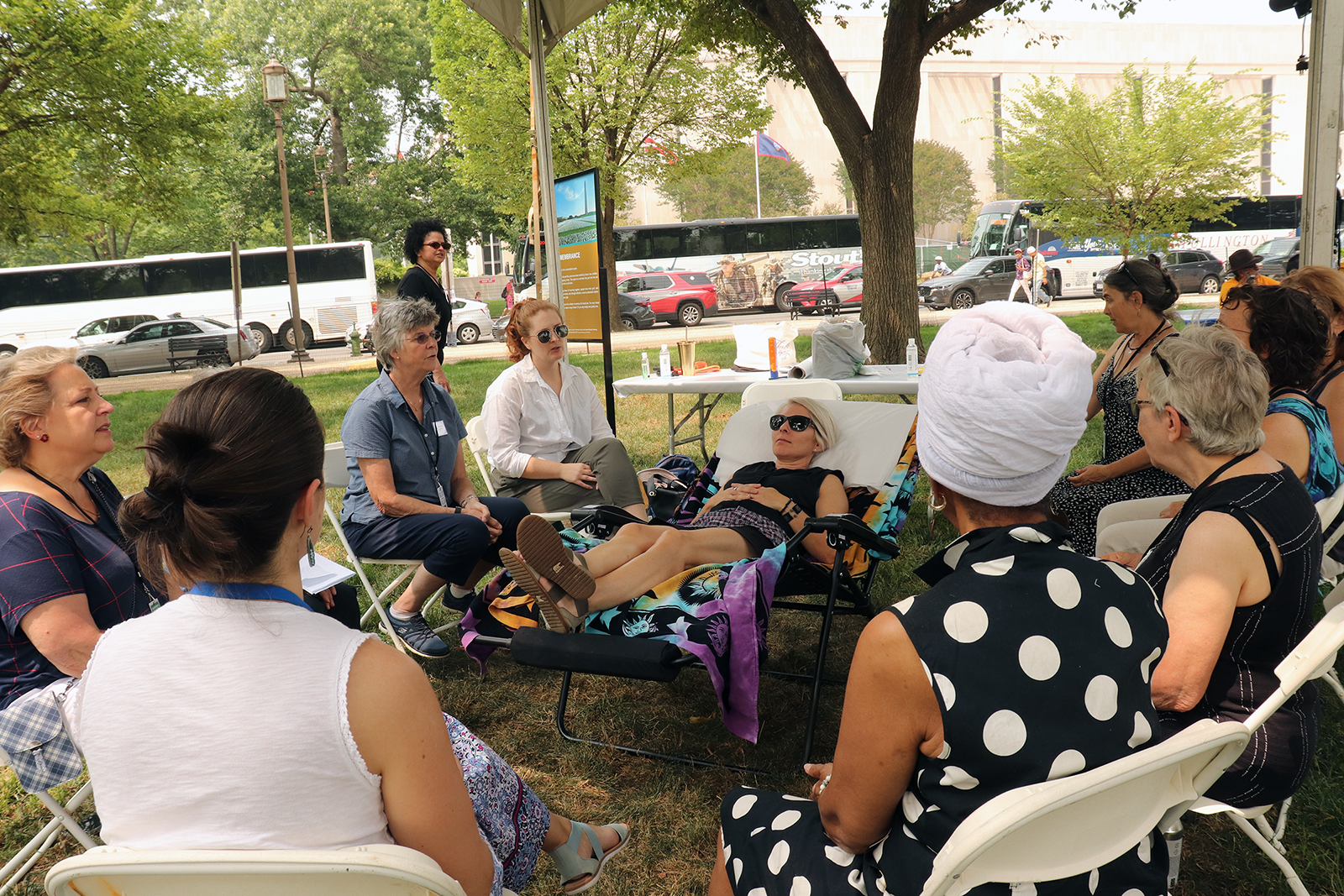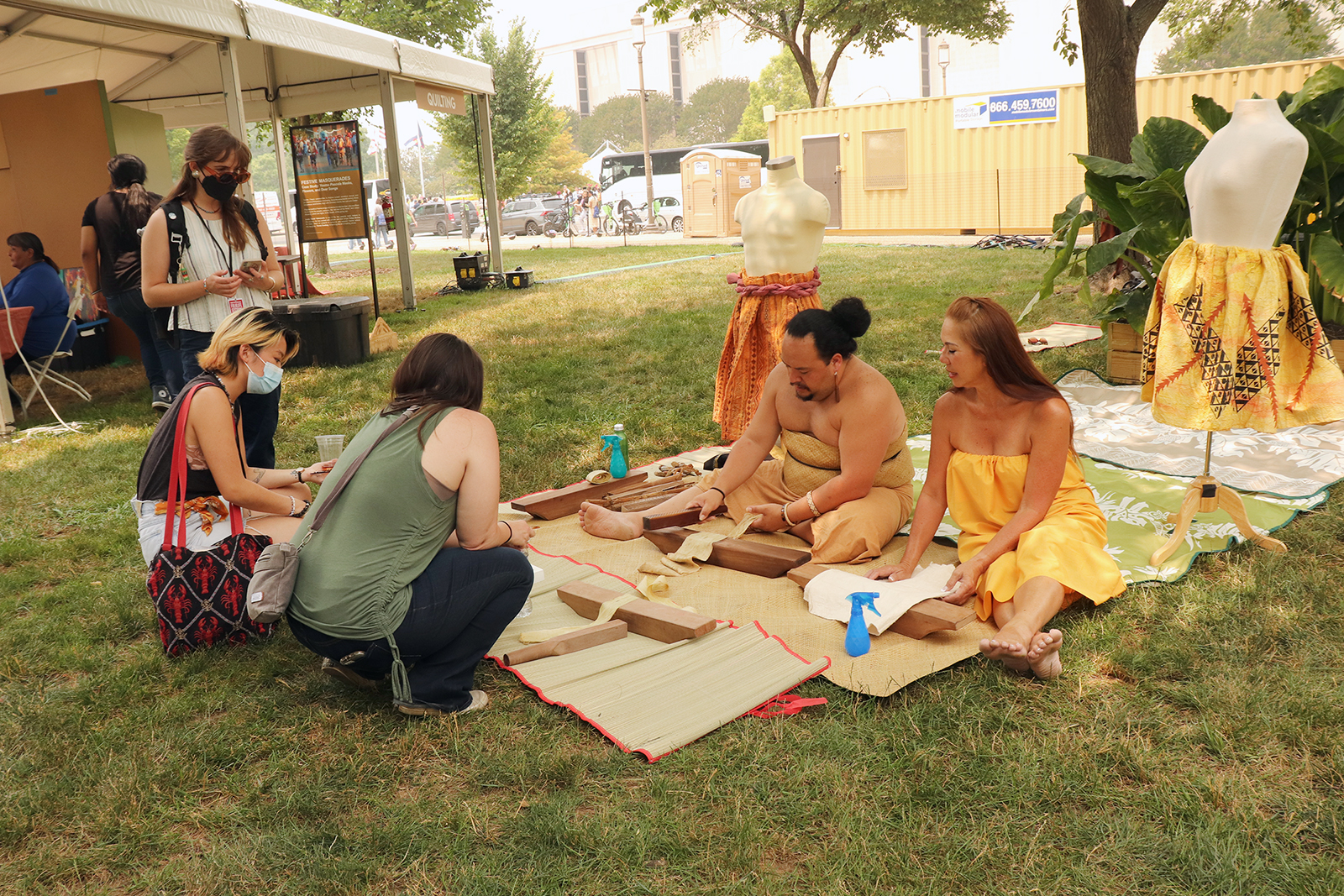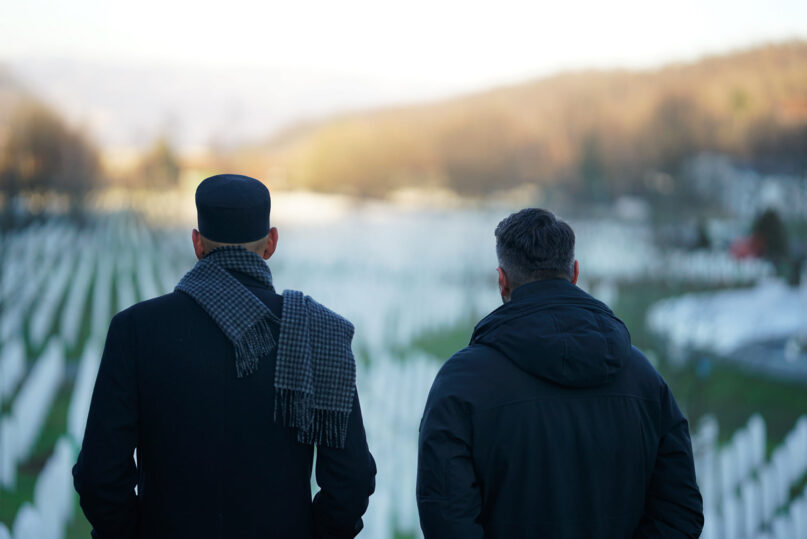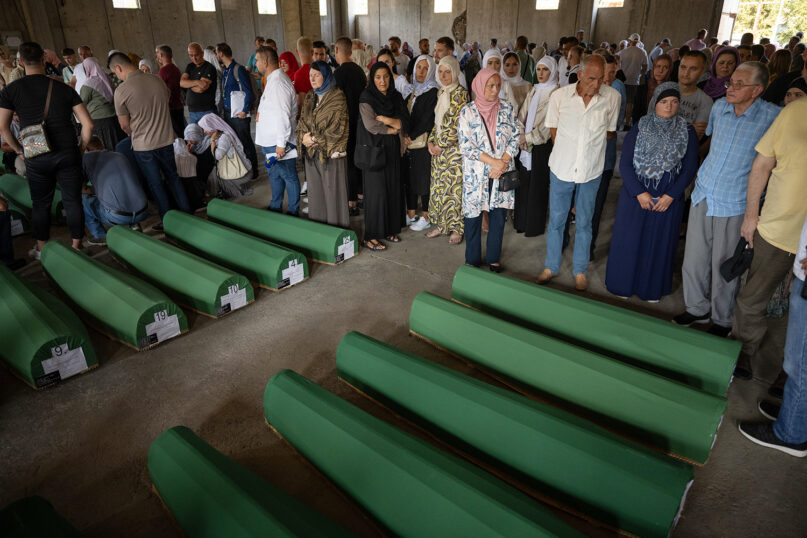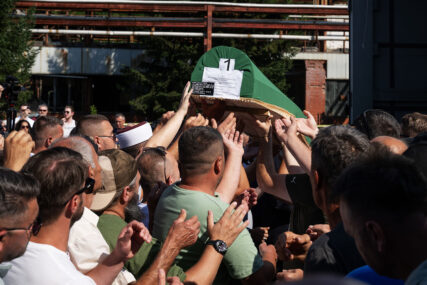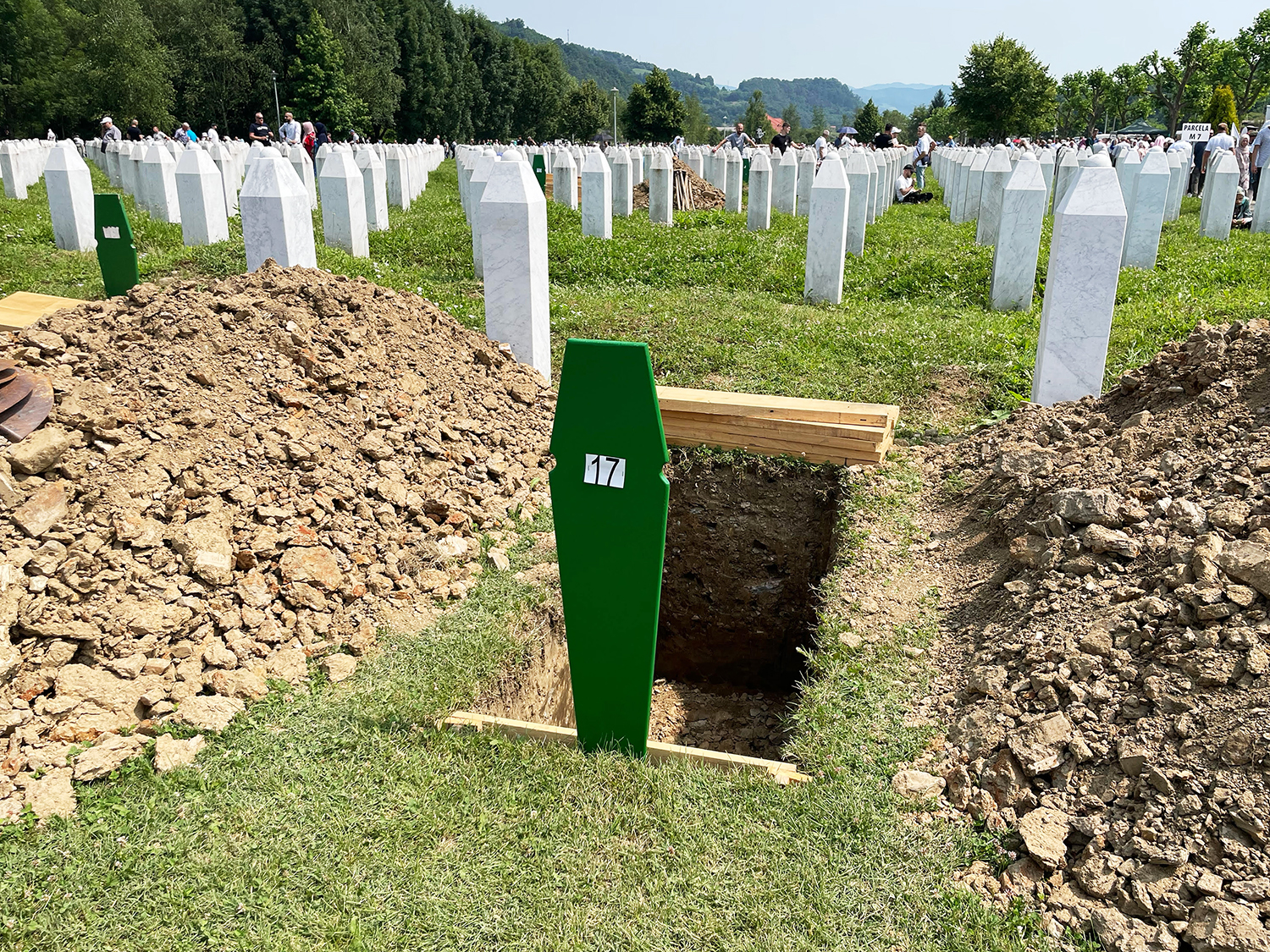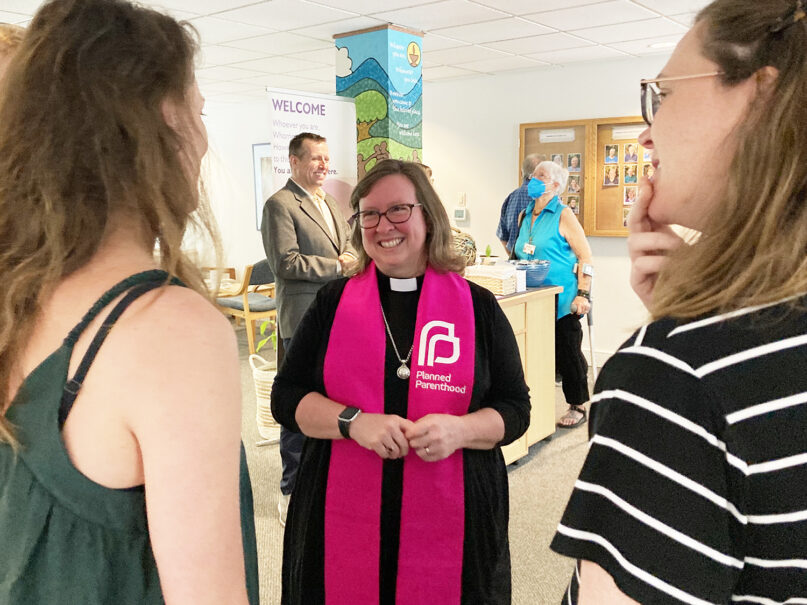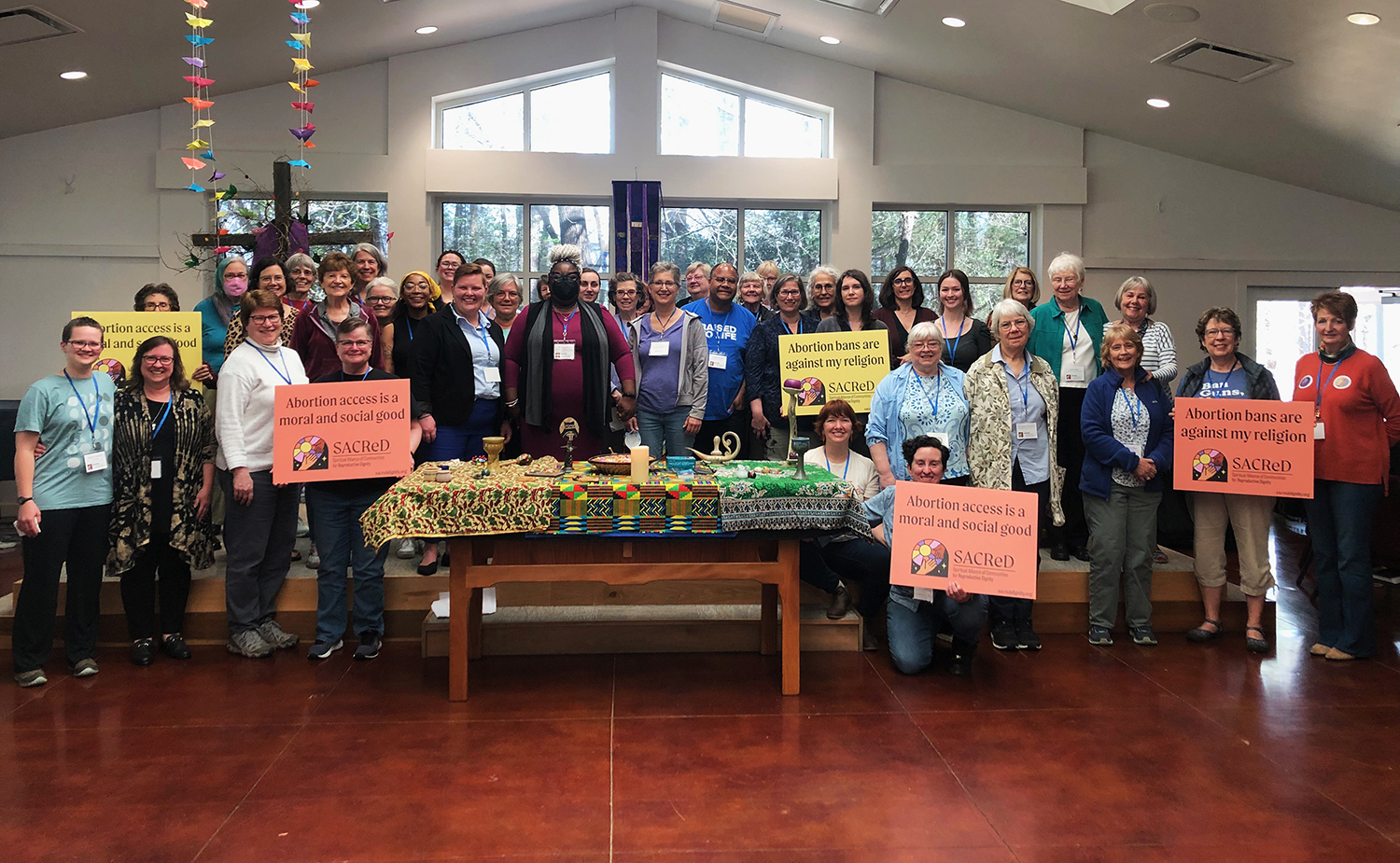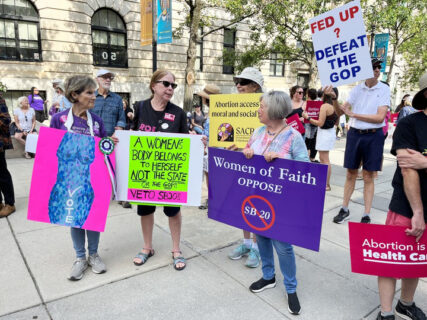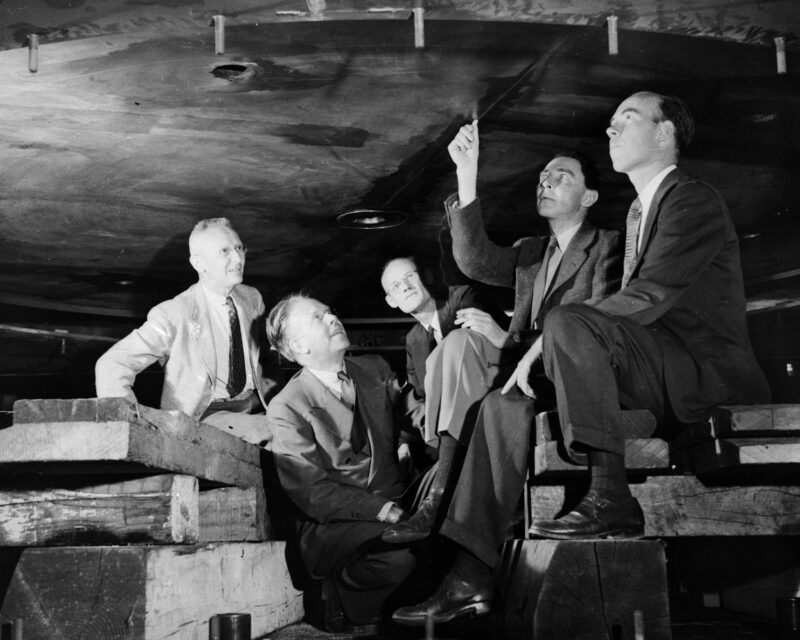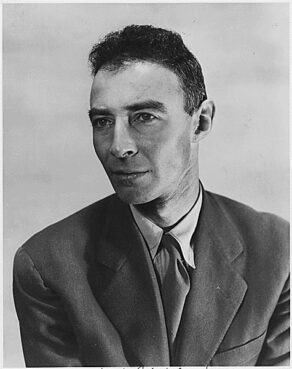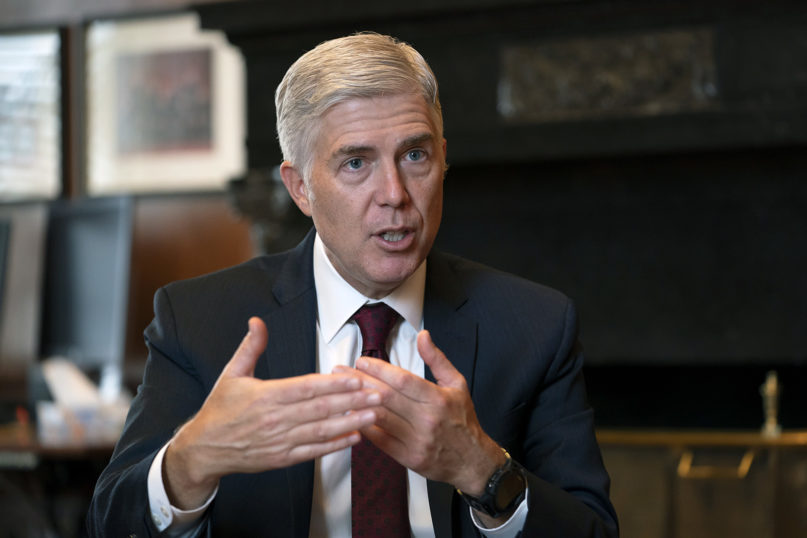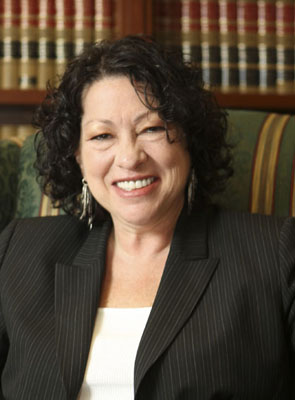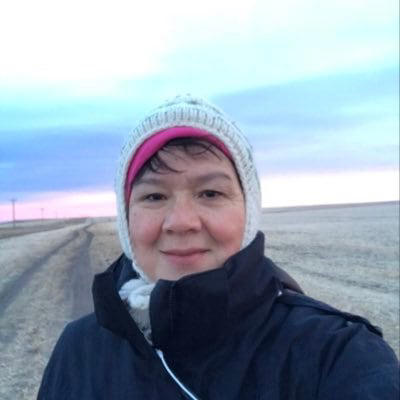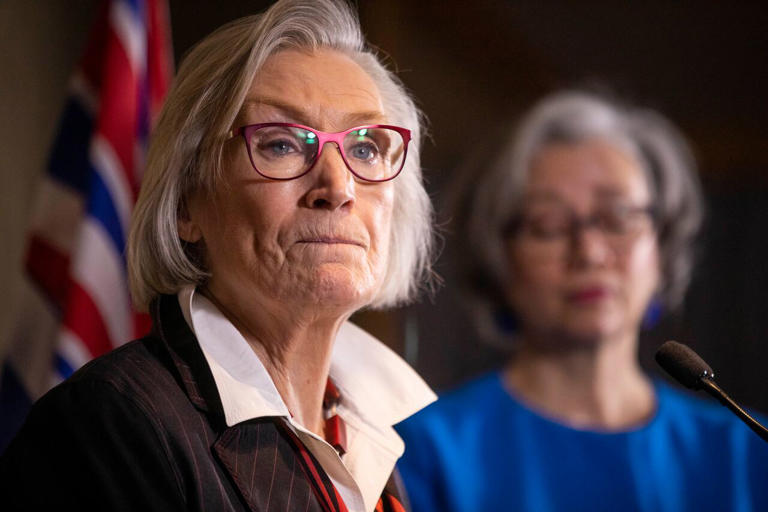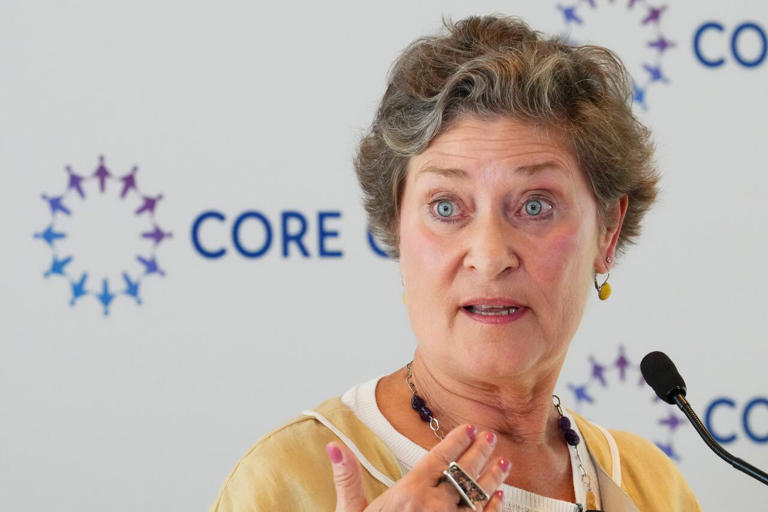In the fight for equal treatment under the law, one instance of discrimination is too many.
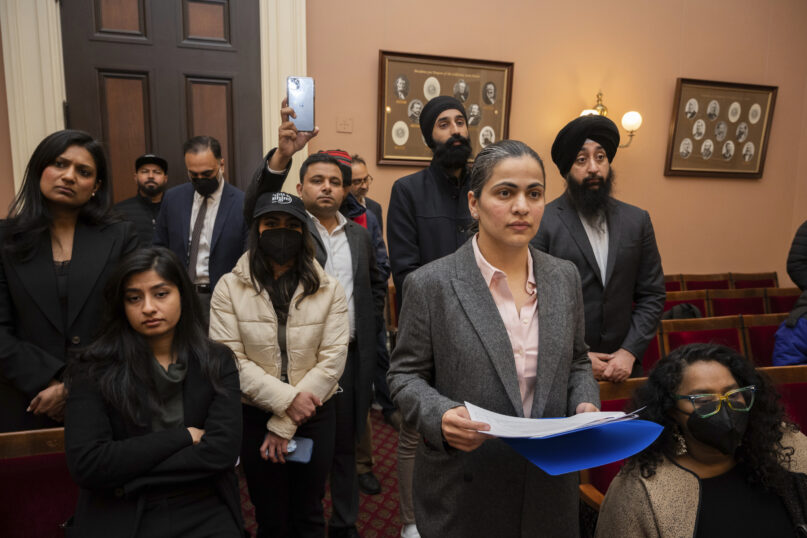
State Sen. Aisha Wahab listens to speakers during a news conference where she proposed SB 403, a bill that would add caste as a protected category in the state’s anti-discrimination laws, on March 22, 2023, in Sacramento, Calif. (AP Photo/José Luis Villegas, File)
Opinion
July 6, 2023
By Nirvair Singh
(RNS) — The bill to ban caste-based discrimination in California, SB 403, moved a little closer to passage on Wednesday (July 5) as the state Assembly’s Judiciary Committee passed the bill 9-0 with two abstentions. The measure, which has already passed the Senate, now heads to a vote in the full Assembly, where its opponents have vowed to “educate lawmakers on the issue” to avoid its passage.
Much of the opposition to SB 403 has focused on the supposedly unnecessary nature of the measure. Those who oppose the bill assert that caste discrimination simply is not an issue — and that any attempt to address or even discuss it is, in fact, discriminatory.
But the argument that “talking about discrimination is the problem, not the discrimination itself” is tired, illogical and misleading. The voices making this argument must not be given precedence above the experiences of those who have suffered discrimination — nor should they deter the California legislature from moving this important bill forward.
In California, caste discrimination has been reported across every kind of industry — technology, education, construction, restaurants, domestic work and medicine. Documentaries and reporting by reputable news outlets have shown how caste discrimination particularly pervades the information technology industry, where many workers are South Asians or South Asian Americans.
July 6, 2023
By Nirvair Singh
(RNS) — The bill to ban caste-based discrimination in California, SB 403, moved a little closer to passage on Wednesday (July 5) as the state Assembly’s Judiciary Committee passed the bill 9-0 with two abstentions. The measure, which has already passed the Senate, now heads to a vote in the full Assembly, where its opponents have vowed to “educate lawmakers on the issue” to avoid its passage.
Much of the opposition to SB 403 has focused on the supposedly unnecessary nature of the measure. Those who oppose the bill assert that caste discrimination simply is not an issue — and that any attempt to address or even discuss it is, in fact, discriminatory.
But the argument that “talking about discrimination is the problem, not the discrimination itself” is tired, illogical and misleading. The voices making this argument must not be given precedence above the experiences of those who have suffered discrimination — nor should they deter the California legislature from moving this important bill forward.
In California, caste discrimination has been reported across every kind of industry — technology, education, construction, restaurants, domestic work and medicine. Documentaries and reporting by reputable news outlets have shown how caste discrimination particularly pervades the information technology industry, where many workers are South Asians or South Asian Americans.
RELATED: Caste discrimination laws remain fraught. Here’s why they shouldn’t be.
But while caste-based systems are strongly associated with South Asia, their analogs exist in South America, Asia and Africa, among other places. Caste discrimination is also found across several different communities of religious practice.
Data from Equality Labs shows that 1 in 4 caste-oppressed people have faced physical and verbal violence, 1 in 3 have faced education discrimination, and 2 out of 3 are impacted by workplace discrimination.
The reporting of these incidents may be more anecdotal and less scientific than both opponents and proponents of SB 403 would prefer, but reporting incidents of hate and bias has always been fraught. Those facing discrimination are often concerned that their experiences will be minimized or ignored. Especially with an issue as complex as caste, it is easy to imagine an affected individual not wanting to spend the time and energy to report discrimination to employers who at best don’t understand their situation or at worst willfully ignore it.
Without a law recognizing their experience, arguments that “there just isn’t enough proof” of caste-discrimination become a self-fulfilling prophecy: Why speak up if no one is going to listen?
Still, whether or not the numbers understate the problem doesn’t matter that much. In a nation that strives toward equal treatment under the law, even one instance of discrimination is one too many. At one point or another in our nation’s history, every kind of discrimination has been minimized or belittled — look no further than the battle over so-called wokeism, or the denial of systemic racism.
As a Sikh American, I am no stranger to bias. Our community has experienced hate firsthand since our earliest arrival in the United States, from the anti-Sikh violence in Bellingham, Washington, in 1907 to more recent discrimination in the aftermath of 9/11. To those outside our community, this persecution may seem insignificant. But when it is you, your parents or your children who suffer, you gain an appreciation for the need to do anything you can to make society safer and more inclusive for all.
As I was born in India, I can also attest to the pernicious nature of casteism: It is a daily burden and threat for those who are oppressed, but the rest barely notice. B.R. Ambedkar, the chief architect of the Indian Constitution, wrote: “Caste is another name for control. Caste puts a limit on enjoyment. Caste does not allow a person to transgress caste limits in pursuit of his enjoyment.”
I choose to take a stand against caste discrimination because it is the right thing to do as a human, but also because it is fundamental to my faith. Sikhism was founded in the 15th century in opposition to the social inequalities of its time, including casteism. The cultural context of caste in the present-day United States is vastly different, but as long as such informal power structures persist, it is incumbent on all of us to make sure they are not left unopposed by the legal structures meant to govern and protect us.
RELATED: What California’s Ravidassia community believes and why they want caste bias outlawed
There is no denying that caste discrimination is real and that it affects us, but progress is being made. Cal State has updated its policy against caste-based discrimination. Tech companies such as Apple, IBM and Dell have done the same. Earlier this year, the Seattle City Council passed a law against caste-based discrimination.
Now, SB 403 gives all Californians a pathway to clearer data, a safer workplace and a more thriving community. All we need to do is have the courage to listen to those who are asking what more we can do to help, rather than those who are urging us to do less.
(Nirvair Singh is an IT professional in California. The views expressed in this commentary do not necessarily reflect those of Religion News Service.)
